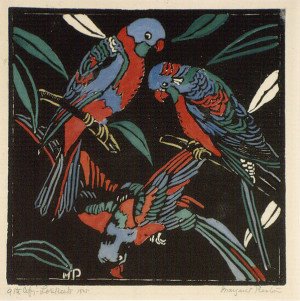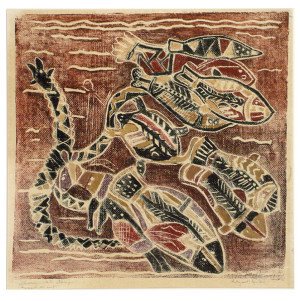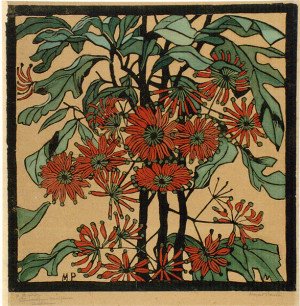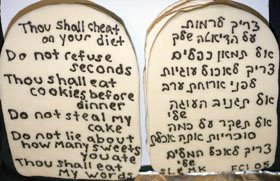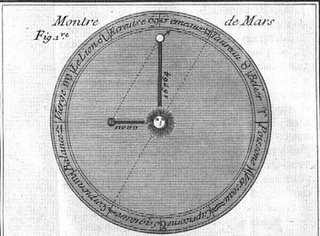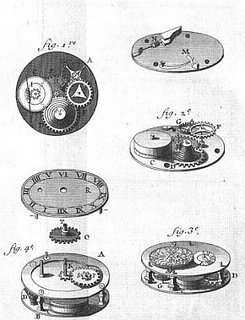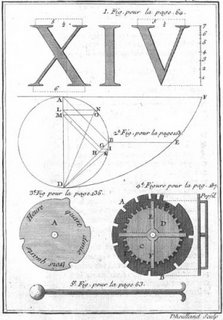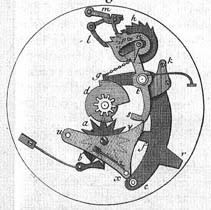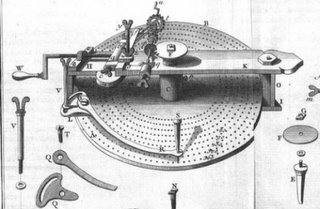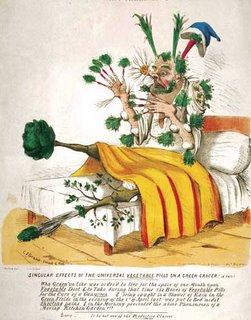 The Superb Lily
The Superb Lily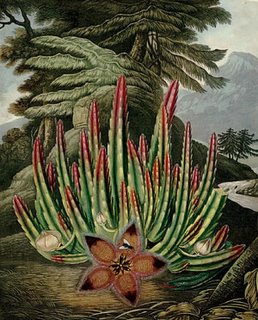 The Maggot-Bearing Stapelia
The Maggot-Bearing Stapelia The Sacred Egyptian Bean
The Sacred Egyptian Bean Tulips
Tulips The Night-Blowing Cereus
The Night-Blowing Cereus The Large Flowering Sensitive Plant
The Large Flowering Sensitive Plant
 The Nodding Renealmia
The Nodding RenealmiaThe grandiose vision of botanist Dr Robert Thornton
(1768-1837) was to restore Britain to her rightful artistic place, ahead of France and Germany, with the release in subscription form of his opus,
The Temple of Flora, over a few years at the beginning of the 19th century.
Thornton inherited the family fortune in 1799 which allowed him to leave medicine and concentrate on his botanical interests. Royal patronage, world exploration and specimen collection and a quest for scientific knowledge encouraged an expansion in botanical illustration.
Thornton's plan, in part a homage to Linnaeus, was to release a 3 volume set divided into sexual characteristics, nomenclature and his beloved images. The best artists and engravers of the day were commissioned. Thornton himself was the artistic director but he also contributed some painting and engraving to the enterprise.
Unfortunately, war broke out and coupled with a downturn in interest for such an elaborate publication, great financial losses were sustained. Despite running a lottery for a smaller quarto edition, the venture ultimately sent Thornton bankrupt and he was destitute at the time of his death. From a proposal that included 70 illustrations, a total of 33 hand-coloured mezzotint engravings were eventually completed by 1807.
The embellished and at times surreal nature of the images were to be the lasting value of Thornton's
Temple of Flora. Unusually, specimens were portrayed in unnatural landscape settings which Thornton wove in as part of the text, reducing the scientific importance even further. For one image he wrote: "The clouds are disturbed, and every thing looks wild and sombre about the dragon ARUM, a plant equally poisonous as fetid."
 A toy airplane water pistol. Perfect for swooping
A toy airplane water pistol. Perfect for swooping The Strato Gun for Futuristic Products Company of Detroit, Mich.
The Strato Gun for Futuristic Products Company of Detroit, Mich.  The Pyrotomic Disintegrator Pistol.
The Pyrotomic Disintegrator Pistol. 









